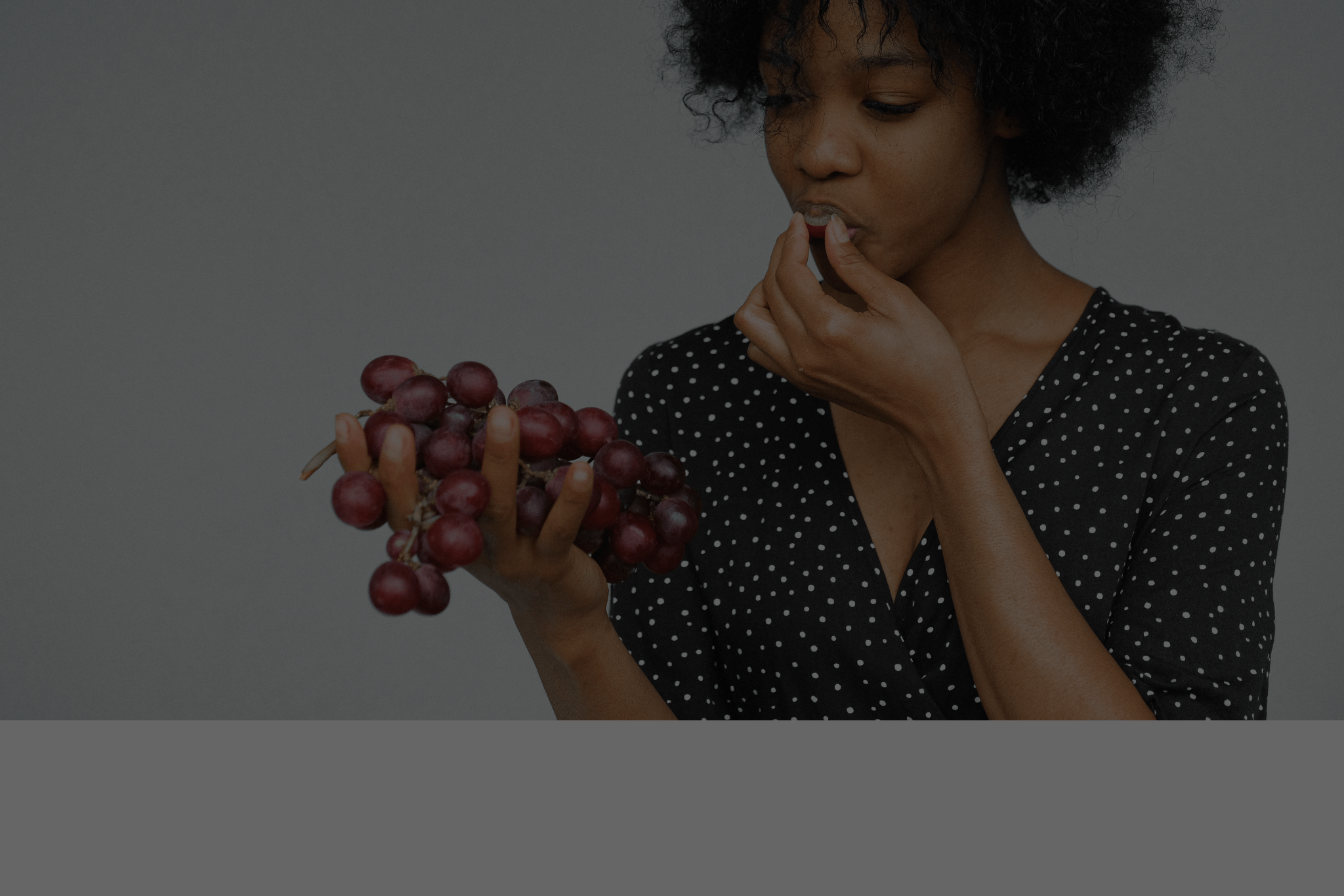
There is no hyper-taste, a term that is not supported in food science and technology, nor by the market reality
Basically, food science recognizes the existence of Sweet, Salty, Bitter and Sour flavors. Other flavors have been recognized by science, such as, for example, Umami and Kokumi. In addition to flavors, human beings are capable of sensing thousands of different types of aromas. Aromas industry is one of the most important in the food additives field.
Processed food and beverage manufacturers also seek to please the consumers taste, using ingredients and aromas approved by the governmental authorities. However, science and technology still haven’t found ways to provide “hyper-flavor” to processed food so that they can become irresistible to consumers.
Check the data about aromas, flavorings and flavor enhancers used in industrialized food to learn more:
- The studies conducted by Ital, about the content of nutrients stated in the labels of many industrialized products, demonstrate that the additives used to give flavor, color, and texture, vary according to the type of product and the manufacturer.
- The unlikely market of irresistible food and beverage.
- In Brazil, the Decree no. No. 540 – SVS/MS, from October 27th, 1997, regulates and establishes the fundamental principles to use additives in food.
- The types of existing flavorings: natural, identical to natural, and artificial.

AROMAS, FLAVORING INGREDIENTS, AND FLAVOR ENHANCERS
For safety or quality reasons, there is no way to do avoid using these additives in certain types of processed food.
Several additives can be listed in this category. The main highlight can be attributed to natural additives, designed to the clean label formulations, very common abroad, as has being widespread in Brazil.
Prejudice against synthetic food additives also tend to promote the replacement of traditional preservatives. For some categories of products it does not cause much impact, but for other it does, making the preservation function more complex for the safety of determined processed food.
Aromas are classified as: natural, identical to natural, and synthetic/artificial.
NATURAL
They are extracted from natural raw material, by using exclusively physical, microbiological or enzymatic methods. Example: vanillin, obtained from the vanilla seeds.
They are extracted from natural raw material using exclusively physical, microbiological or enzymatic methods. Example: vanillin, obtained from vanilla seeds.
IDENTICAL TO NATURAL
When the aroma molecule is known, it is sometimes possible to chemically synthesize it in laboratory or industrial plants, reducing significantly its production cost. The aromas thus obtained are called identical to natural because their molecules are equal. Example: vanillin can be synthesized this way, instead of being extracted from vanilla seeds.
SYNTHETIC OR ARTIFICIAL
Those aromas chemically changed in order to improve them are considered as artificial. Example: a ethylvanillin, synthesized from vanillin, with 4 to 5 times more power.
Examples of natural ingredients with flavoring functions
Herbs (aromatic plants leaves): Celery, Rosemary, Angelica (root and seed), Bergamot, Chamomile, Lemon grass, Green onion, Coriander (leaves), Curry, Lemongrass, Fennel, Tarragon, Mint, Bay, Basil, Oregano, parsley, Sage, Thyme, Verbena…
Spices and seeds (dry portion of husk, berry, fruits, plants roots and stalks): Saffron, Rosemary, Anise, Cinnamon (Ceylon, Chinese, Saigon), Cardamom, Chili powder, Coriander (seeds), Cumin, Clove, Curcuma, Ginger, Sesame, Mustard (black, brown, white, yellow), nutmeg, Poppy, Paprika, Green Pepper, Pepper (White, Cayenne, Jamaica, Guinea, Black, Red, etc.), Horseradish, Urucum, Juniper…
Natural extracts: Liquorice, Alfalfa, Vanilla, Broccolis, Cocoa, Coffee, Chamomile, Bitter orange peel, Chestnut, Rye, Barley, Tea, Chicory, Curcuma, Ginseng, Guarana, Lime, Cola nut, Pine, Rhubarb, Sarsaparilla…
Flora|ls: Chrysanthemum, Cherry blossom, Geranium, Hibiscus, Jasmine, Lavender, Mimosa, Rose, Elderberry, Violet…
In addition to the flavoring, flavor enhancers and masking are used, which comprise many types of additives, such as glutamate, the inosinates, maltol, hydrolyzed proteins, yeast extract, fermented compounds, ribonucleotide salts and plant-based extracts, among others.
These additives have been widely used in reformulated products, that is, those who had their formulation changes by withdrawing or reducing salt, sugar, fat, etc. They are also used to mask undesirable residual flavors that can cause rejection by the consumers.
Bread
In 2019, Ital and ABIMAPI conducted a study about nutrients and ingredients of 70 products marketed in Brazil, obtained the following results. Only 10 products used flavorings.
Cookies
In 2020, Ital and ABIMAPI conducted a study about nutrients and ingredients of 243 products marketed in Brazil, obtained the following results. To define, highlight and/or give flavor to cookies: 173 products use flavorings; 10 products use natural aroma; 5 products use synthetic identical to natural aroma; 25 products use artificial aroma; 9 products use monosodium glutamate as flavor enhancer; 2 products use disodium inosinate as flavor enhancer. Monosodium glutamate (INS 621) is the sodium salt from glutamic acid, non-essential amino acid with wide occurrence in the nature. It s commercially produced via fermentation. The disodium inosinate (INS 631) is the disodium salt from monophosphate inosine, nitrogen base with wide occurrence in the nature. Even though the bacterial leaving by sugar can be obtained, it is many times produced commercially from animal sources.
Cakes
In 2021, Ital and ABIMAPI conducted a study about nutrients and ingredients of 210 products marketed in Brazil, obtained the following results. To define, highlight and/or give flavor to cakes: 150 products use flavorings; 9 products use natural aromas; 30 products use synthetic aromas identical to natural; 4 products use artificial aroma.
Doughs
In 2021, Ital and ABIMAPI conducted a study about nutrients and ingredients of 269 products marketed in Brazil, obtained the following results. To define, highlight and/or give flavor to doughs, their fillings and dressings: 21 products use flavorings; 23 products use natural aromas; 7 products use synthetic aromas identical to natural; no product uses artificial aroma. The flavor enhancers used are: sodium glutamate (INS 621) in 41 products; potassium glutamate (INS 622) in 1 product; disodium inosinate (INS 631) in 21 products; disodium guanylate (INS 627) in 14 products; 5’-ribonucleotide disodium (INS 635) in 2 products.
Pizzas
In 2020, Ital and ABIA conducted a study about nutrients and ingredients of 56 products marketed in Brazil, obtained the following results. To define, highlight and/or give flavor to pizzas: 3 products use natural aromas; no products use synthetic aromas identical to natural; no product uses artificial aromas.
Yogurt
In 2020, Ital and Viva Lácteos conducted a study about nutrients and ingredients of 150 products marketed in Brazil, obtaining the following results. In the preparation of some types of yogurt, aromas are usually used mainly in the preparation of syrups and preparations that are not added to the yogurt mass. To define, highlight and/or give flavor to yogurts, in the sample of 210 products: 4 products use flavorings; 4 products use natural aromas; 4 products use synthetic aromas identical to natural; no product uses artificial aroma.
Plant-based beverages
In 2022, Ital and Good Food Institute conducted a study about nutrients and ingredients of 178 products marketed in Brazil, obtained the following results. To define, highlight and/or give flavor to plant-based beverages: 24 products use flavorings; 51 products use natural aromas; 31 products use synthetic aromas identical to natural; no product uses artificial aroma.
Juices and other non-carbonated beverages
In 2020, Ital and ABIR conducted a study about nutrients and ingredients of 217 products marketed in Brazil, obtained the following results. To define, highlight and/or give flavor to juices and other non-carbonated beverages: the natural aromas (pineapple, açaí, acerola, black plum, blueberry, cashew, red fruits, ginger, orange, lychee, lime, apple, green apple, mango, basil, passion fruit, peach, pomegranates, tangerine, grape) are used in 107 (49.3%) beverages; synthetic aromas identical to natural are used in 7 (3.2%) beverages; only 1 (0.5%) product uses artificial aroma.
Ice creams
In 2021, Ital and ABIS conducted a study about nutrients and ingredients of 180 products marketed in Brazil, obtained the following results. To define, highlight and/or give flavor to ice creams: 77% products use flavorings; 5% products use natural aromas; 1.7% products use synthetic aromas identical to natural; 3.3% products use artificial aroma.
Hamburgers
In 2021, Ital and ABIA conducted a study about nutrients and ingredients of 90 products marketed in Brazil, obtained the following results. To define, highlight and/or give flavor to hamburgers: 40 products use natural aromas; 13 products use synthetic aromas identical to natural; no product uses artificial aromas.
Chocolates
In 2022, Ital and ABICAB conducted a study about nutrients and ingredients of 483 products marketed in Brazil, obtaining the following results. To define, highlight and/or give flavor to chocolates: 265 products use flavorings; 21 products use natural aromas; 23 products use synthetic aromas identical to natural; 25 products use artificial aroma; 1 product uses potassium sulphate as flavor enhancer.
Peanut
In 2022, Ital and ABICAB conducted a study about nutrients and ingredients of 416 products marketed in Brazil, obtained the following results. To define, highlight and/or give flavor to peanut products: 24 products use flavorings; 29 products use natural aromas; 31 products use synthetic aromas identical to natural; 6 products use artificial aromas.



